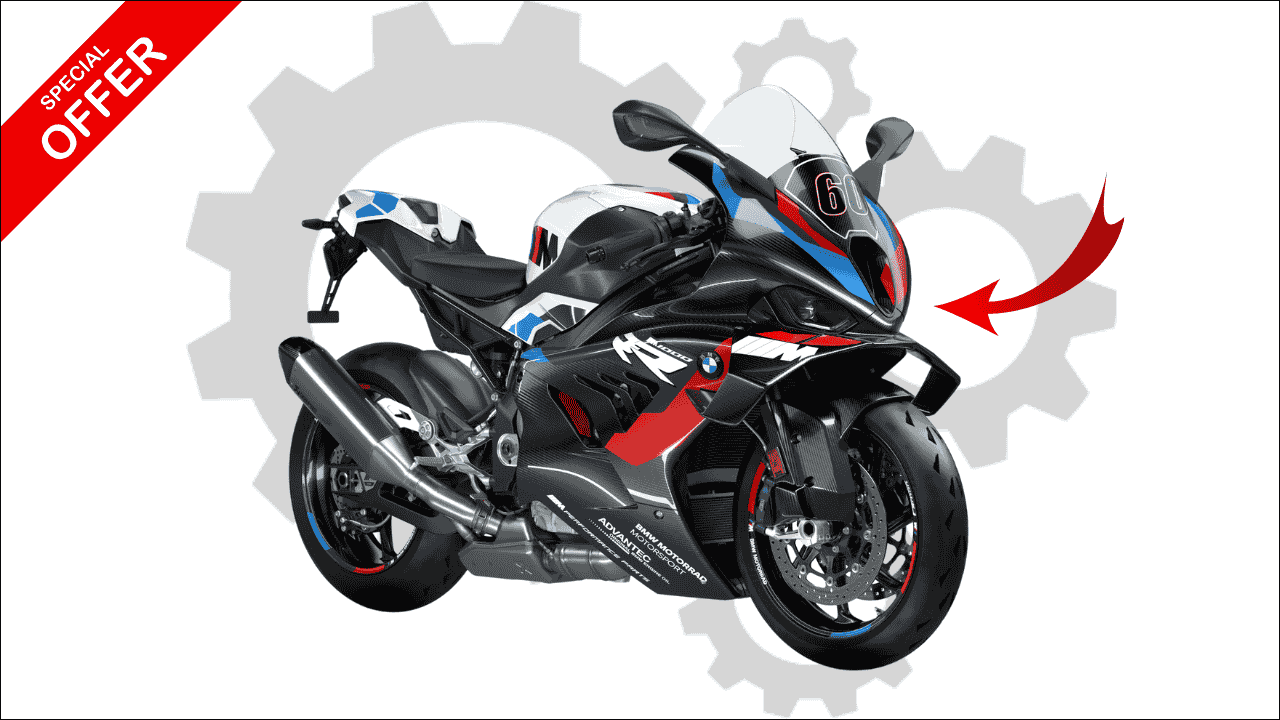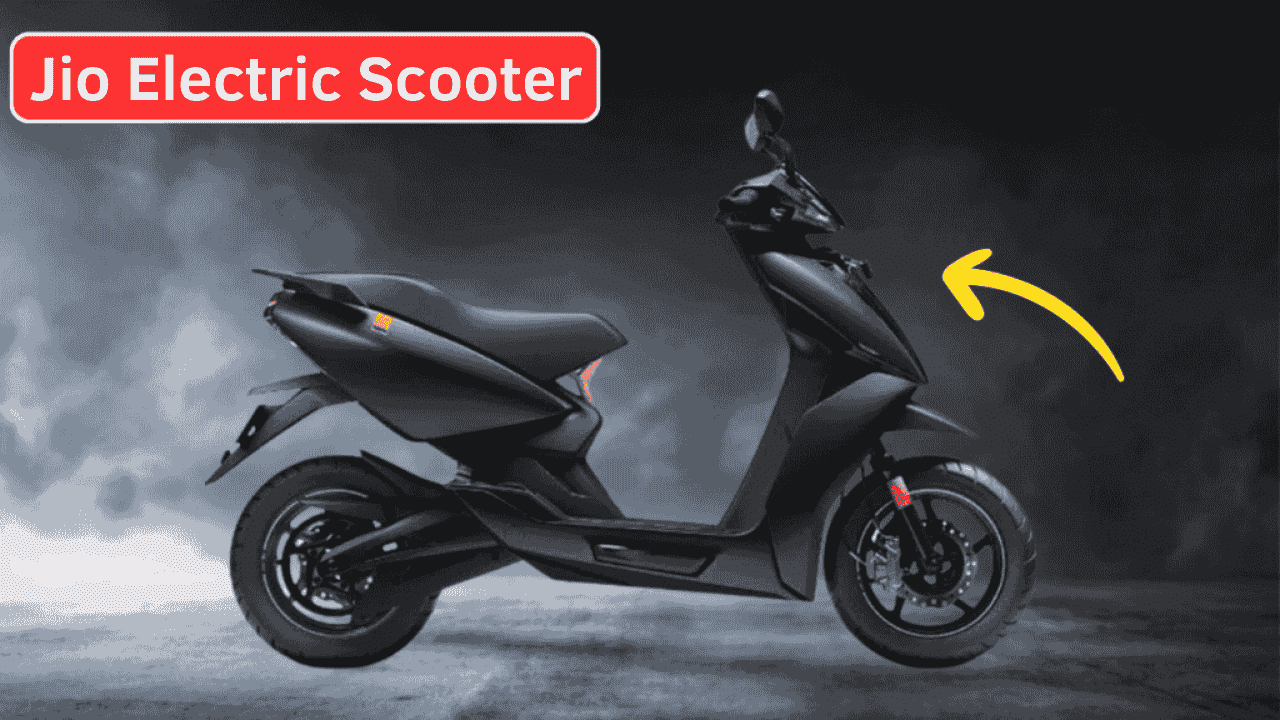
Hyundai has debuted an innovative hybrid powertrain system that represents a significant step forward in the company’s commitment to sustainable transportation solutions. This next-gen technology delivers impressive improvements in both efficiency and power output, positioning Hyundai at the forefront of the competitive hybrid vehicle segment. The sophisticated system exemplifies how the manufacturer successfully balances ecological considerations with the driving performance that today’s consumers expect.
Table of Contents
Advanced Twin-Motor Configuration
The foundation of Hyundai’s breakthrough hybrid technology is its innovative dual-motor design that revolutionizes traditional hybrid powertrain functionality. The system features two purpose-built electric motors—designated P1 and P2—each designed for specific functions that work together to optimize overall vehicle performance and efficiency.
The P1 electric motor handles several key responsibilities:
- Generating power to charge the onboard battery
- Starting the combustion engine efficiently
- Supplying supplementary power during acceleration
Simultaneously, the P2 electric motor functions as the main drive unit:
- Delivering power directly to the wheels
- Harnessing energy during braking through regeneration
- Supporting all-electric driving modes
This integrated dual-motor approach provides significant advantages over conventional single-motor hybrid systems, including smoother power delivery, quicker acceleration response, and improved efficiency across various driving conditions.
Hyundai’s Next-Generation Hybrid System: Technical Overview and Benefits
| Feature | Specifications | Advantages |
|---|---|---|
| Primary Engine | 2.5L turbocharged petrol with hybrid integration | Platform for high-performance hybrid application |
| System Power | 334 PS (328 hp) | 19% more power than standard 2.5L turbo engine |
| System Torque | 460 Nm | 9% increased torque for improved acceleration |
| Efficiency | 14.1 km/l (with 2.5L configuration) | 45% better fuel economy than non-hybrid version |
| Motor Configuration | Dual-motor system (P1 + P2) | Function-specific motors maximize system efficiency |
| Combustion Technology | Over-expansion cycle | Higher thermal efficiency and lower fuel consumption |
| Integration Capability | Compatible with existing Hyundai engines | Cost-effective implementation across vehicle lineup |
| Output Range | From 100 PS to 350 PS | Versatility for applications from small cars to large SUVs |
| Additional Features | V2L capability, Stay Mode, Smart Regenerative Braking | Enhanced utility and user experience |
| Handling Technology | e-AWD system, e-VMC 2.0 | Improved handling, stability and ride quality |
| Smaller Engine Option | 1.6L turbocharged petrol hybrid | 4% efficiency gain, torque increase to 380 Nm |
Engineering Excellence: The Over-Expansion Cycle
Hyundai’s engineers have employed sophisticated thermodynamic principles to maximize the hybrid system’s efficiency. Unlike conventional engines that operate on the standard four-stroke cycle (intake, compression, power, exhaust), Hyundai’s system implements an advanced “over-expansion cycle” that fundamentally changes how energy is extracted from fuel.
In this innovative approach, the intake valve closes later during the compression stroke, effectively reducing the compression ratio of the air-fuel mixture within the cylinder. The system simultaneously maintains a high expansion ratio during the power stroke when combustion occurs. This asymmetrical compression-expansion relationship—similar to Atkinson-Miller cycle principles—enables the engine to extract more useful energy from each combustion event while using less fuel.
The system’s efficiency is further enhanced through optimized piston design, improving combustion chamber geometry and gas flow dynamics. The P1 motor’s integration allows for precise control of engine start-stop operations, essentially eliminating the efficiency losses typically associated with these transitions in conventional hybrid systems.
Real-World Performance and Initial Applications
Hyundai has first implemented this hybrid technology in the new Palisade, where it delivers notable performance improvements. Equipped with the 2.5-liter turbocharged hybrid system, the Palisade produces a combined 334 PS (328 horsepower) and 460 Nm of torque—approximately 19% more power and 9% more torque than the standard 2.5-liter turbocharged engine.
More impressive still is the efficiency gain, with the hybrid Palisade achieving 14.1 kilometers per liter—a remarkable 45% improvement compared to the non-hybrid version. This substantial efficiency boost comes without sacrificing performance; in fact, the hybrid system enhances acceleration response and overall driving dynamics.
For smaller vehicle applications, Hyundai has developed a 1.6-liter turbocharged hybrid powertrain offering similar proportional benefits. When implemented in mid-sized SUVs, this compact hybrid system improves fuel efficiency by 4% while increasing torque from 367 Nm to 380 Nm, enhancing both economy and drivability.
Complementary Vehicle Technologies
Beyond the core hybrid powertrain, Hyundai is introducing several supporting technologies that further enhance vehicle capabilities:
Electronic All-Wheel Drive (e-AWD)
The hybrid system can be paired with an advanced e-AWD setup featuring a rear-axle P4 electric motor. This configuration enables precise torque distribution and improved traction without the mechanical complexity of traditional all-wheel-drive systems.
Enhanced Vehicle Motion Control (e-VMC 2.0)
This sophisticated electronic control system optimizes ride quality and handling stability by precisely managing torque distribution between electric motors. The e-VMC 2.0 system incorporates several specialized components:
- e-Handling 2.0: Reduces body roll during cornering for better stability
- e-EHA 2.0 (Electrification-Evasive Handling Assist): Improves collision avoidance capabilities through precise motor control
- e-Ride 2.0: Minimizes vertical movement for better ride comfort across various road surfaces
Integration with Existing Features
The new hybrid system maintains compatibility with Hyundai’s existing convenience features:
- Vehicle-to-Load (V2L) functionality for powering external devices
- Stay Mode for maintaining vehicle systems while parked
- Smart Regenerative Braking that adapts to driving conditions for optimal energy recovery
Strategic Importance for Hyundai
This next-generation hybrid technology constitutes a key element in Hyundai’s broader electrification strategy. By developing a scalable hybrid system compatible with its existing engine lineup, Hyundai has created a cost-effective pathway to improve efficiency across its vehicle range while continuing to develop fully electric models.
The ability to produce hybrid powertrains with outputs ranging from approximately 100 PS to 350 PS ensures Hyundai can implement this technology across nearly its entire lineup, from compact cars to large SUVs. This versatility allows the company to meet increasingly stringent emissions regulations while offering vehicles that satisfy diverse customer needs and preferences.
Frequently Asked Questions
How does Hyundai’s dual-motor hybrid system differ from traditional hybrids?
Hyundai’s next-generation hybrid technology uses two specialized electric motors (P1 and P2) with distinct functions, unlike conventional hybrids that typically use a single motor-generator. The P1 motor handles battery charging, engine starting, and power assistance, while the P2 motor focuses on primary propulsion and regenerative braking. This separation of duties allows for greater optimization of each function, resulting in improved efficiency, smoother operation, and enhanced performance.
What is the “over-expansion cycle” and how does it improve efficiency?
The over-expansion cycle is an advanced thermodynamic approach where the engine’s intake valve closes later during compression, creating a lower effective compression ratio while maintaining a high expansion ratio during combustion. This engineered asymmetry allows more energy to be extracted from each combustion event while using less fuel. Combined with optimized piston design and improved cylinder flow, this system delivers significantly better fuel economy—up to 45% improvement in the 2.5-liter application—without compromising performance.
Will Hyundai’s hybrid system be available across their entire vehicle lineup?
Hyundai has designed its next-generation hybrid system to be highly adaptable, with power outputs ranging from approximately 100 PS to 350 PS. The technology is compatible with most of Hyundai’s existing internal combustion engines, including the newly developed 2.5-liter and 1.6-liter turbocharged gasoline engines. This flexibility means the hybrid system can potentially be implemented across most of Hyundai’s vehicle range, from compact cars to large SUVs, though specific model applications beyond the Palisade have not yet been announced.





